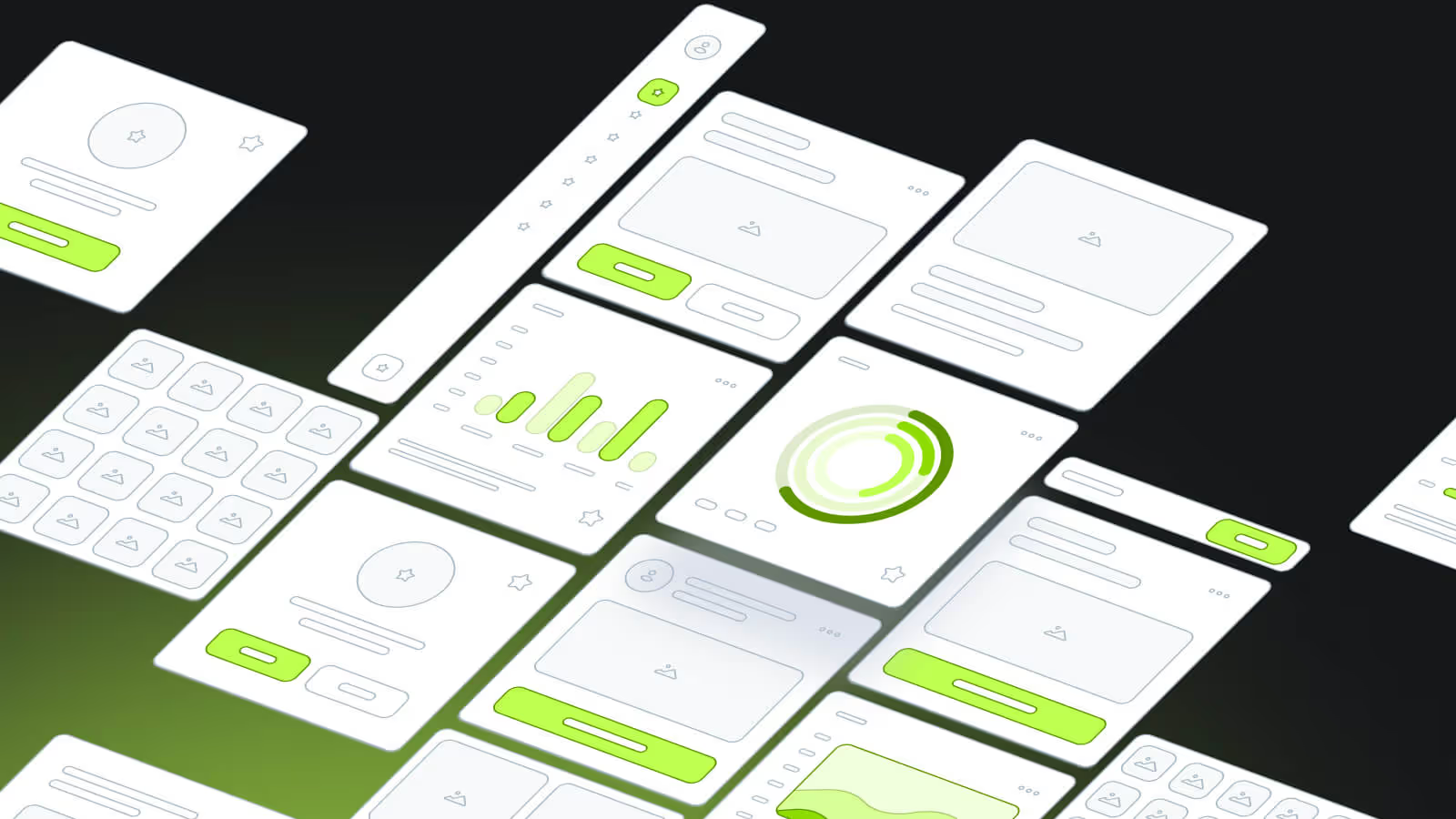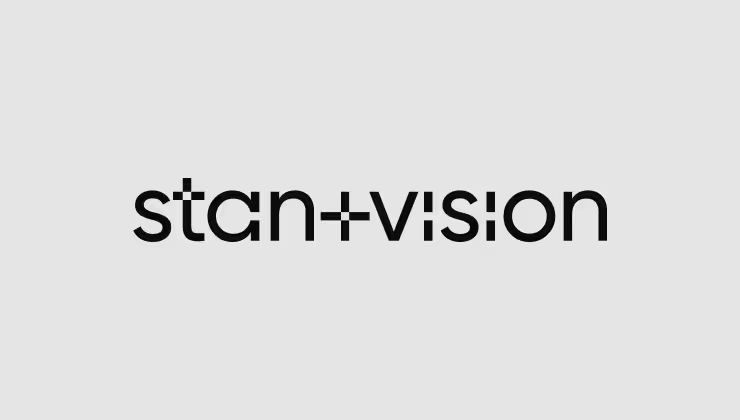Being a product or a UX designer in this digital reality might make it easy to lose yourself to new trends and short-lived hype while scrolling through Dribbble. It's indeed possible to reach your business goal by doing that, but long-term solutions rely on a more user-centered approach and not only good design.
While no design process could strictly follow a set of steps, there are some key product design principles that make it easier for everyone to stay on the same page with the business objectives and product strategy.
What Are Product Design Principles?
Product design principles are key elements that make a product endure the test of time. Just as with any project management rules, the principles of product design make problem-solving an achievable task in any area required. These key principles could become powerful tools for any working professional in the area as long as they are part of a developed holistic view.
The principles of product design cover diverse aspects of the process, and there are three main categories that they look into: the team, the design and the industry.
Following trends in the UX industry as well as keeping up to date with the way people nowadays execute their day-to-day tasks should be a core driver in any product design project. When it comes to working, people shouldn't be getting lost in figuring out spaces and meeting venues, the main focus should remain on their actual work.
A great example is our past work for OfficeRnD, which allows you quickly book the office you need and stay connected to the surrounding team spaces.

Team Principles of Product Design
Team product design principles focus on guiding the overall process and the collaboration practices during it. The working team should be aligned on using the same process across the company which aims at the product staying consistent. They are used to describe the beliefs the team has about how to approach work to design great products.
We have set up our own design system, called Atomus, to ensure we use and reuse the same components across any product we're designing. It has predefined colors and typography. Storing research files, inspiration, and assets in a shared space and making them available for the whole team is great for staying on top of news and trends while maintaining the company's style. It's crucial to always be aligned with the rest of the team and communicate any changes - both internal and in the industry.
Design Principles of Product Design
Universal design principles remain key to any design project. They’re principles that every designer, no matter their area of expertise, knows by heart and applies to daily tasks.
Some examples of design principles we use daily are:
- Consistency and hierarchy are key to any product design.
- Less is more - make it simple and easy to use, not overly complicated.
- We are not our users - always stick to user-centered design.
- Use data in the process as much as possible - keep in mind the well-known BML = Build, Measure, Learn.
Industry Design Principles of Product Design
Product and UX design are based on user needs, goals, and constraints that are unique and specific to the project, but not only. Staying aligned with the industry and the design world is key for a product designer. No great product can be taken out of the general context of the world we live in, and this is why detailed research of direct and indirect competitors is important.
All three categories of product design principles give product designers different perspectives that make problem-solving and decision-making more effective.
Why Product Design Principles Are Important
Product design principles make the product design process effective. They are important steps to follow for product managers to successfully build empathy between their business and customers while staying connected to their core goals. Most successful product design agencies rely on the principles of product design and set up their own which leads to their recognition and long-term achievements.
Principles of product design provide a foundation for informed and consistent decision-making while shaping the design process. They help industry professionals like product owners define their goals based on their internal company values and the industry's patterns.
Having an established set of principles can result in user-centered, aesthetic, and functional solutions for any type of product and business. Overall, it ensures more effective management of a digital product.
Adhering to design principles helps organisations and professionals keep their focus on important values in the design process and stay consistent during the design process. Another important benefit is the reduction in cognitive load or in other words - the amount of mental effort to deal with problems that are not related to the task.
In short, principles of product design help design professionals maintain their focus in an ever-growing environment to achieve good product design.

Key Principles of Product Design
Design principles are used to guide decision-making and ensure a high-quality outcome.
They provide a foundation for designing solutions that are user-centered, functional, accessible, and remain aesthetically pleasing. By aligning with the correct design principle, the designer can ensure that their work fits their goals, stakeholders’ needs, and user needs.
Following a set of principles throughout the design process creates a holistic view of the problem and ensures an effective product that makes sense in the current environment.
It's important to stay agile, be ready to make quick iterations, and always talk with your users. Tracking users' behaviour makes it easier to understand what, why, and how they're doing what they're doing.
User Research
User research is fundamental for product design. When designing a product, it's important to understand customers and their needs first. It all comes down to making the right product just a few clicks away for the users. Because of that, qualitative data is a leading source of information in product design, which enables effectively taking care of the customers.
Additionally, involving the user throughout the design process ensures that the final product meets their needs and correctly addresses their pain points. Regular alignment with the initial goal and the actual satisfaction that customers have with the product remain key for successfully designing a product from start to finish. There are some main methods to measure the way a product performs like:
- Interviews provide a deeper understanding of the user's needs and pain points.
- Surveys are usually used as a quick and easy method to evaluate what works and what doesn't in practice. That allows you to test different approaches to a specific task.
- Usability testing is an interactive way to test how intuitive your product design is. It requires asking the user to complete a set of tasks, usually related to a digital product, and it provides data of the ways a customer experiences the product.
Participatory design makes the user a part of the design process. It makes the customer base a source of practical information that can later be applied to the design process. While it's always nice to include an outside view in the process, an outside view of the actual user can bring you a step further.
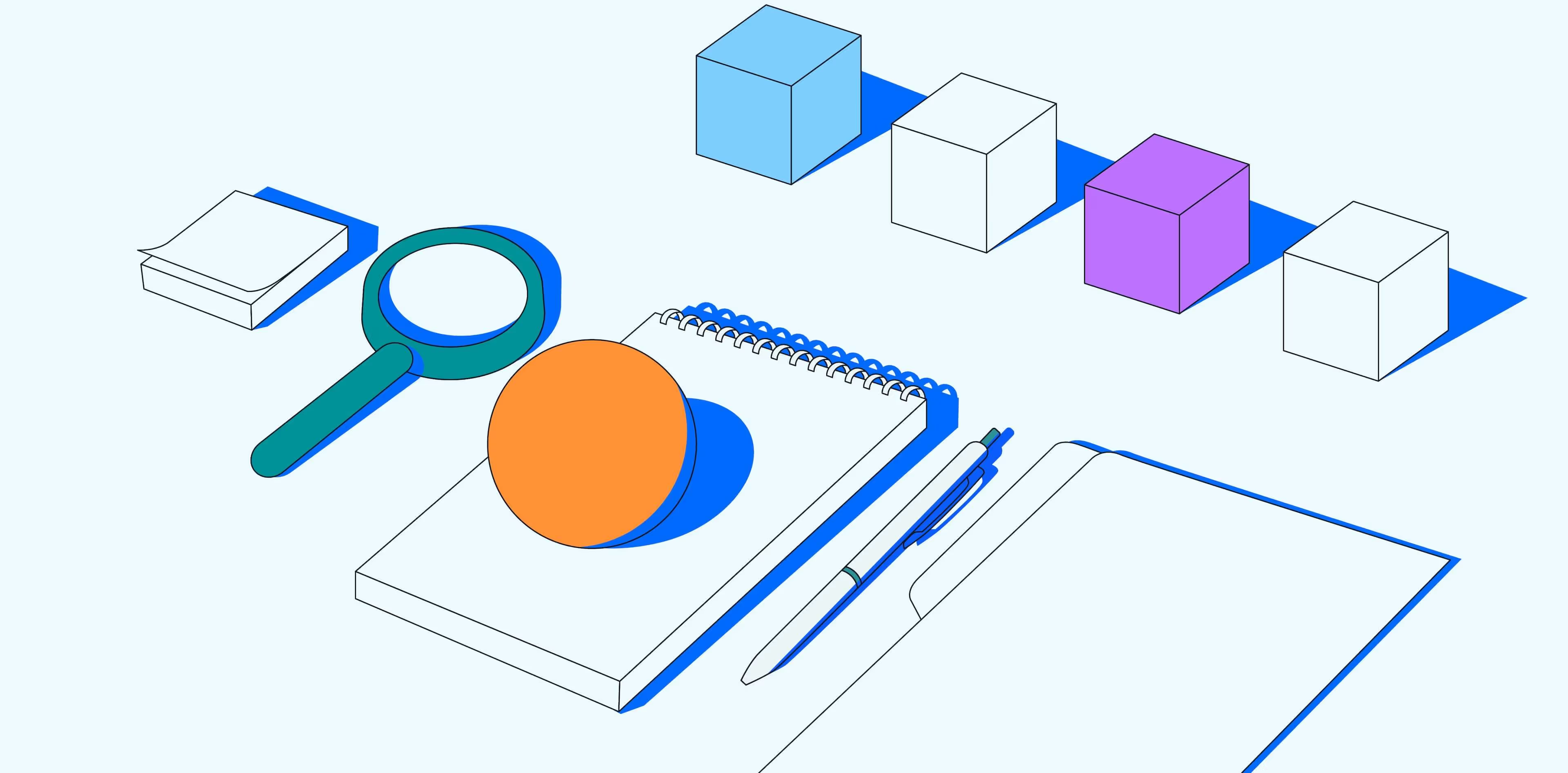
User Experience (UX)
Good product design is user-centered, which is why the actual user experience remains a top priority and key to a successful end product.
UX design involves designing a product that is intuitive and easy to use for the target audience. To avoid falling into design trends that may compromise product usability, it is important to keep the latter as a leading goal every step of the way.
A good UX often contributes to the success of existing products, such as Tracpac, which is a tracking app that makes it easy for you to know the location of your valuables, and notifies you when there's movement detected. After all, when you're looking for something precious of yours, why complicate things - the easier the app, the easier the find.
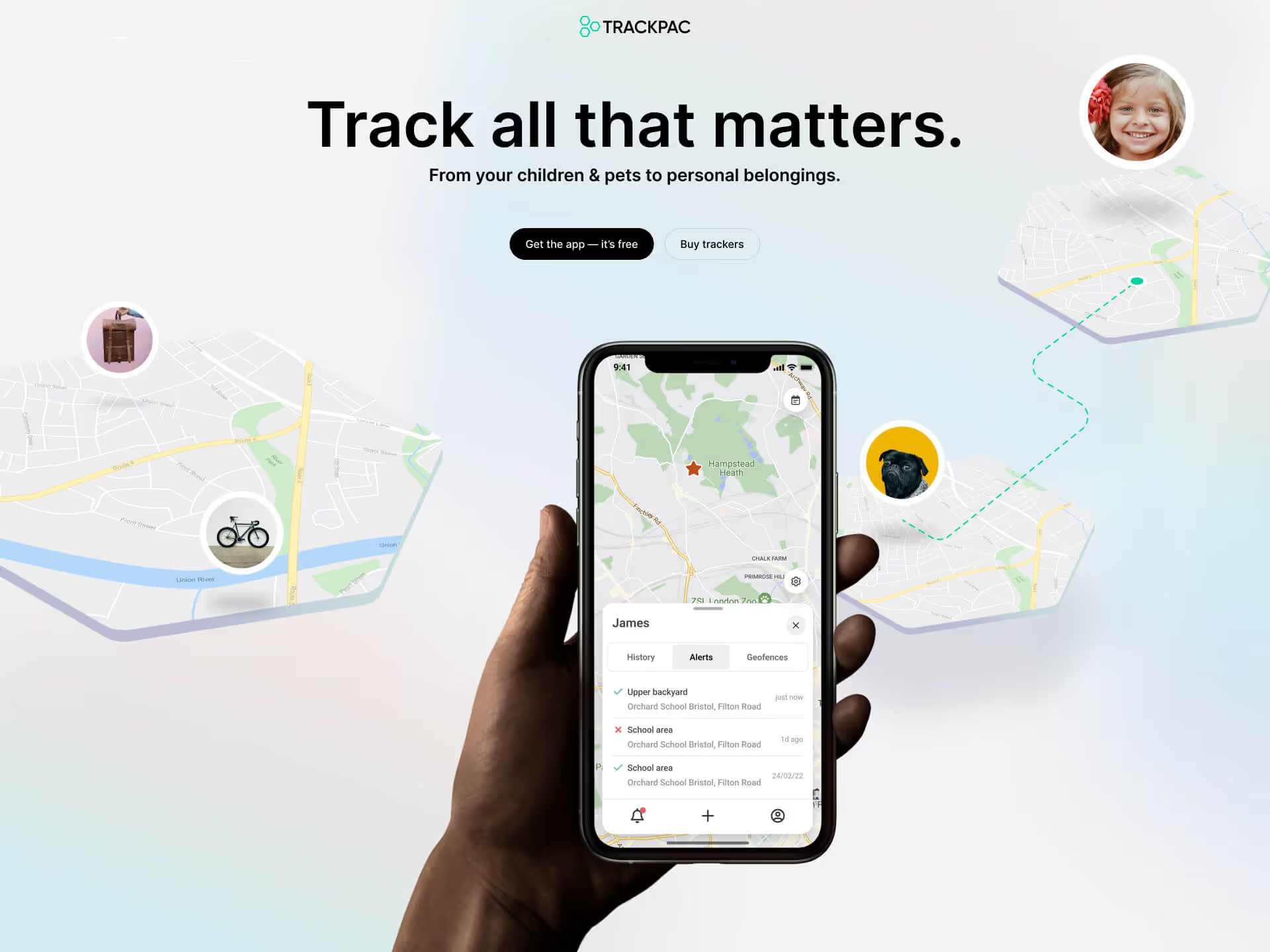
Simplicity is usually the key to intuitive design. After all, the goal is for the customer to get what they need with the least amount of effort - both mental and physical. To achieve simplicity in product design, two of the most important UX principles must be followed - clarity and navigation. Clarity makes it easier for the customer to foresee what they're going to achieve by using a product's functionality. When it comes to navigation, it is focused on giving the user the feeling of being in charge - knowing what to find where and what the product allows them to do.
Usability Testing
Usability testing is the process of evaluating the actual experience users have with the product. It can be found in both user research and user experience, and it comes as a natural next step.
Its main purpose is to measure if a product's interface is intuitive, easy to navigate, and aesthetically pleasing by gathering feedback directly from users. The process usually requires creating a prototype that's based on user research and includes enough functionality to gather feedback. That feedback is a crucial step in the design process that validates design choices and uncovers areas for improvement before launching a product.
Visual Design & Aesthetics
Even though visual design and aesthetics should not be guiding the product design, they definitely shouldn't come last. As long as they're done in accordance with user research, aesthetics can strongly influence a customer's perception of the product.
Sometimes it's the visual design that helps create a strong emotional bond between the user and the product. It can convey multiple emotional cues for the user to cling to and associate with the product, which also ensures brand recognition. Everything like shape, colour, texture, and overall visual appeal adds to the user experience of a digital product.
When discussing design thinking about visual elements, prioritizing aesthetics without compromising functionality should always remain a main goal. In order to make it functional, it must go beyond surface-level considerations and encompass the entire user experience.
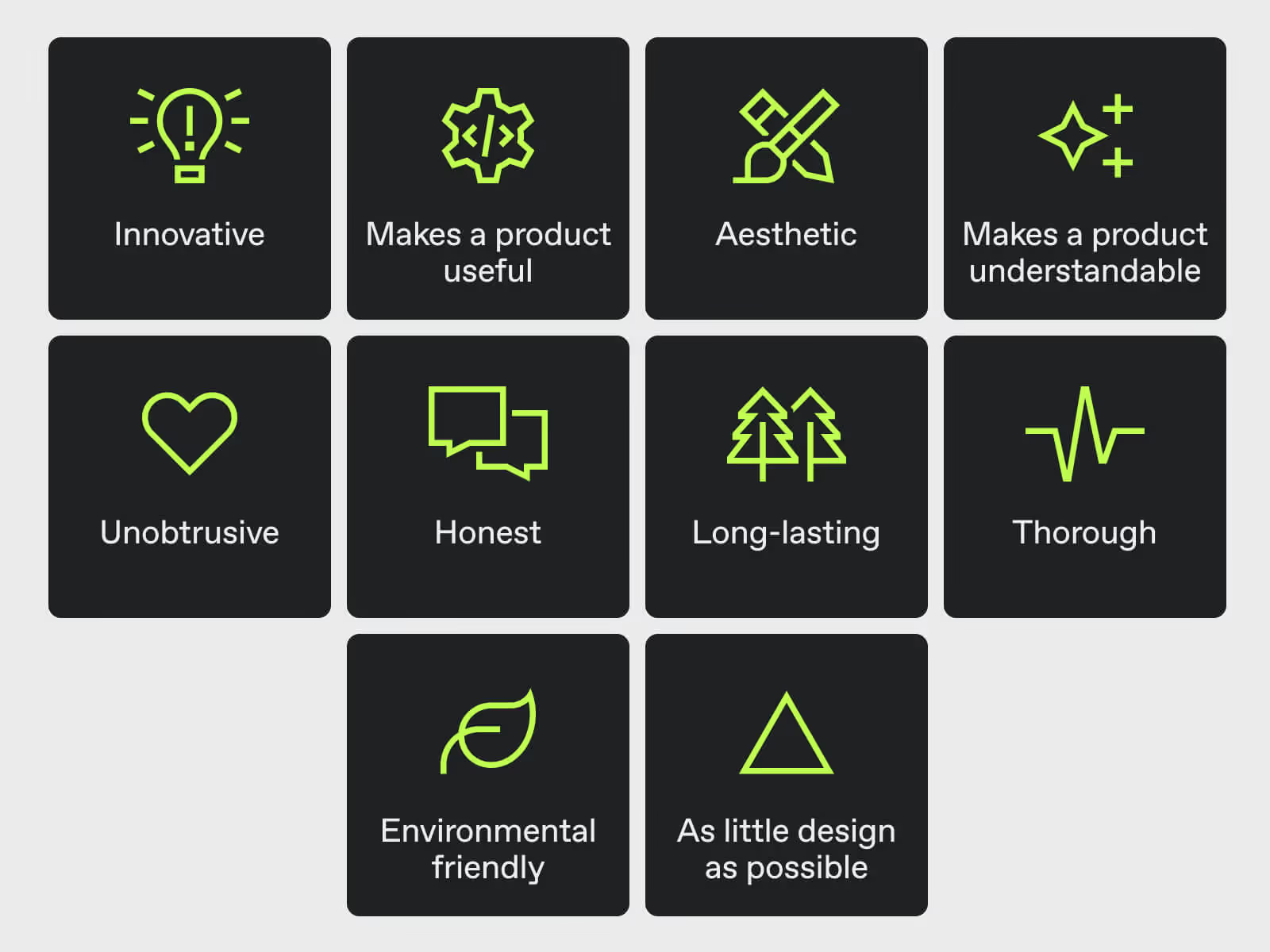
Simplicity
"Less is more" is a fundamental part of design philosophy that lead to many success stories. Product design also highly relies on simplicity as a principle.
The concept of simplicity in product design is connected to reducing cognitive load during the user journey. This is essentially minimizing the mental effort required by a user to understand the features of a product or service.
From a UX perspective, simplicity is often achieved through essential aspects such as minimalistic user interfaces and intuitive product design.
Overall, product design based on simplicity should help users achieve their goal with a product with a minimal amount of roadblocks.

Reduce Cognitive Load
When designing a product, it's important to consider the cognitive load that users will experience when interacting with it. Cognitive load refers to the amount of mental effort required to use a product, and reducing it can lead to more satisfied users. To minimize cognitive load and its negative impact, designers can use various strategies such as minimizing distractions, simplifying the interface, and using visual cues to help users understand how to use the product.
One effective way to reduce cognitive load is to minimize distractions. This can be achieved by removing unnecessary elements from the interface, such as ads or pop-ups, and reducing the amount of text on the screen. By simplifying the interface, you can focus users attention to the task at hand without being overwhelmed by irrelevant information.
Another strategy is to use visual cues to help users understand how to use the product. This can include using icons or symbols to represent different actions or using colour-coding to help users quickly identify different product elements.
By reducing cognitive load, designers can help ensure that users can use the product effectively and efficiently. This can lead to more satisfied users, as they are able to complete tasks more easily and with less frustration. Overall, reducing cognitive load should be a key consideration for any designer looking to create a user-friendly and approachable product.

Innovative Design
It's essential to create an approachable product that stands out and appeals to users. Innovative approaches can help you achieve this goal, and it all starts with a clear understanding of the importance of user-centric design.
To incorporate innovative design, it's essential to nourish the creative space and embrace the concept of iterative design and experimentation. This process involves continuous testing, learning, and refining to create a product that meets the needs of users. By experimenting with different design elements, it's possible to discover what works and what doesn't, allowing one to make informed decisions about product design.
Additionally, it's important to approach each project with a beginner's mindset. Instead of assuming to know what the users want, it's beneficial to ask questions and seek feedback regularly. This approach can help build a knowledge base that forms every main design decision and ensures that the product meets the needs of the users.
Clarity
To ensure that design principles make the ongoing process of a product understandable to the user, it is important to prioritize clarity in the company and product structure. The product structure should express its function through the user's intuition to help them navigate the product with ease.
Self-explanatory features are also crucial in ensuring a seamless user experience by eliminating confusion. For example, using visual alarms that contain easy-to-understand information provides users with quick and clear feedback. Other design solutions that increase the understandability of the product include dispensing solutions and colour-coding features. Incorporating the latter can make the product easily interpretable. This helps users quickly identify different elements of the product and their function.
By prioritizing clarity in the product structure, incorporating self-explanatory features, and using design solutions like visual alarms, dispensing solutions, and colour-coding, you can ensure that your product is easily understandable and accessible to users.
Quality Products
When seeking to ensure quality products, it is crucial to prioritize user-centered design principles that are supported by evidence and research. To achieve this, design principles should be practical and align with the overall objectives and vision of the organization.
Collaboration and inclusivity among the design team and stakeholders are also essential to ensure that the design principles meet the needs of all parties involved. By prioritizing user-centered design and evidence-based decision-making, organizations can create products that not only meet the needs of their users but also stand out in a competitive market.
Business Goals & Growth
Product design principles can play a crucial role when aligning with business objectives and contributing to business growth. By keeping the company's mission statement in mind while designing, it’s possible to meet the needs of its users and align with the overall organization objectives.
When you design products for business growth, it's important to consider scalability and flexibility. Scalability refers to the ability of the product to grow and adapt as the business expands, while flexibility ensures that the product can be easily modified to meet changing user needs.
Another key consideration is keeping up with emerging trends and customer demands. By doing that, designers can create products that are relevant and in demand.
To achieve these objectives, designers should prioritize collaboration and inclusivity among the team and stakeholders. By working together and taking a user-centered approach, designers can create products that not only meet user needs but also align with the overall objectives and vision of the organization.

Applying the Principles of Product Design
Applying the principles of product design can lead to the development of outstanding products that meet the needs of their target audience. By understanding the target audience, designers can create products that resonate with them and provide value.
An effective design process involves continuous testing, learning, and refining to create a quality product. It is important to take a user-centered approach and prioritize collaboration and inclusivity among the design team and stakeholders. This can help ensure that the design process is practical and aligns with the overall objectives and vision of the organization.
The key principles of product design can be used to achieve business goals and growth. By keeping the company's main vision in mind and prioritizing flexibility, designers can create products that not only meet the needs of their target audience but also align with the overall objectives of the organization. Staying up to date with cirrent trends and understanding the evolving needs of the customers is also essential to creating relevant and in-demand products.
Defining Your Target Audience & Needs
When it comes to product design principles, defining the target audience and their needs is essential for creating a successful product. Designing a product that solves your user's problem quickly is key. Understanding the audience can help the design team make informed decisions about the product's design, features, and functionality.
To define the target audience, designers analyze user demographics, behavior patterns, and user experience feedback.
Demographic information such as age, gender, location, and income level can provide valuable insights into the user's needs and preferences. Behavior patterns, such as how users interact with similar products, can also provide deeper insight into design decisions.
User experience feedback, gathered through surveys and focus groups, can provide additional insights into user needs and preferences. By analyzing this information, designers create user personas that represent their target audience and help them make informed design decisions.

Creating an Effective Design Process
To create an effective process, it's essential to first identify the key steps needed to kick-start the product design project. Sometimes this can be overwhelming, so it's important to break it down into small, manageable pieces.
The first step would be defining the project’s goals and objectives. This will help ensure that every design decision aligns with the overall business objectives.
Next would come target audience research and understanding their needs and behaviour. That helps designers to easily create products that meet their preferences and expectations. It can be achieved through methods like user interviews, surveys, and focus groups.
Once there’s a deep understanding of the audience, it’s time to brainstorm good ideas and sketch out concepts. This is a multiple-step process, involving continuous testing, learning, and refining until there’s a solid concept to work with.
Prototyping and testing the product designs come next. The goal is to make iterations until there’s a product that meets the needs of the target audience.
Ultimately, establishing a strong design language and documenting it in a design system comes as a conclusion. A design system is a comprehensive guide to the design elements and principles used in a product design process. It allows for all design decisions to be consistent and aligned with the project's goals and objectives.
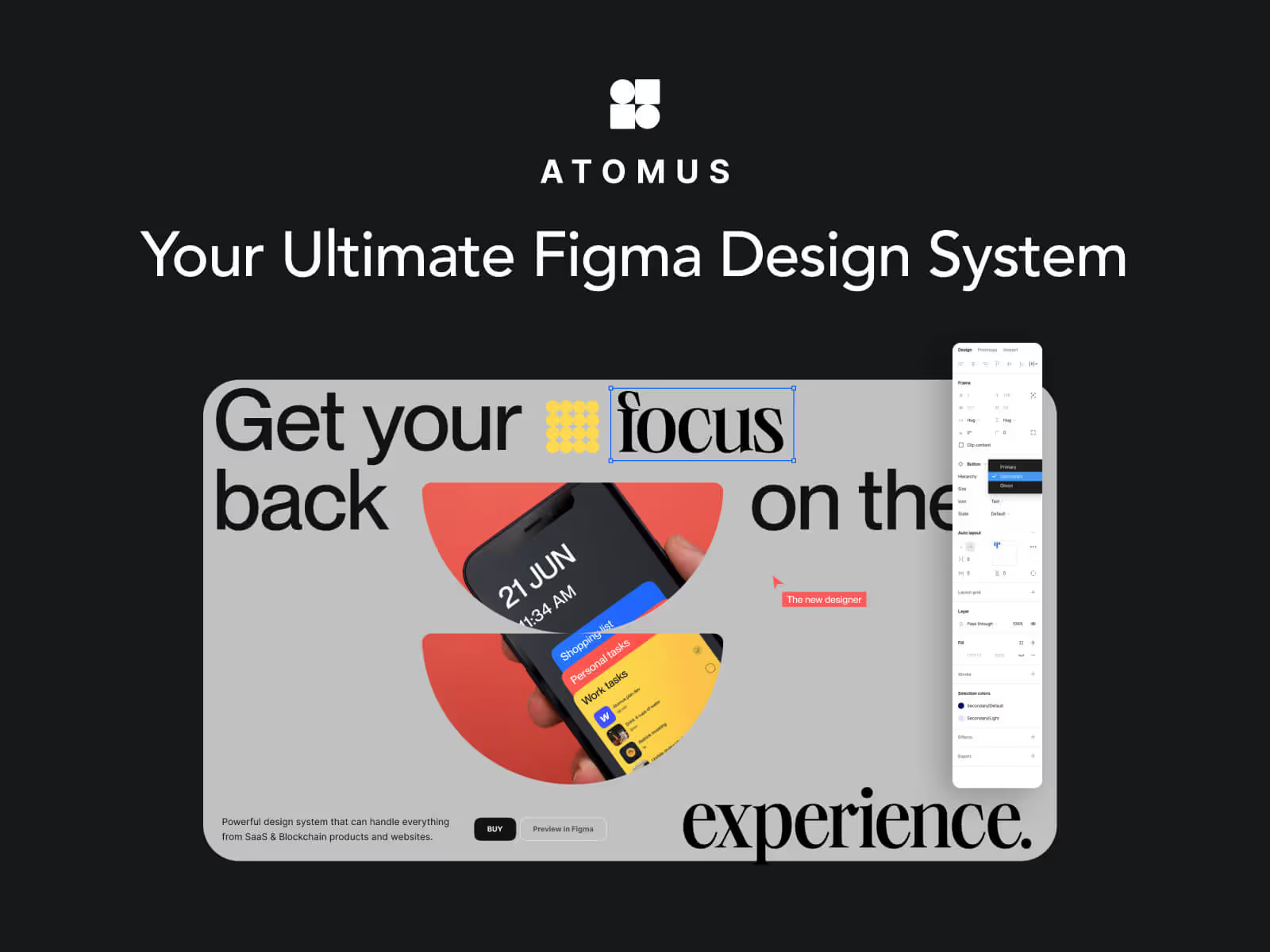
Building a Dedicated Product Team
When building a dedicated product team, it is important to have cross-functional members who are capable of making autonomous decisions for the product.
A durable team has team members who are committed to the product’s lifecycle and willing to work together to achieve success. Attributes of a durable team include:
- Shared vision and goals
- Effective communication
- Mutual respect
- Trust
- Accountability.
By building a dedicated product team with cross-functional members, organizations can ensure that product development is in “capable hands”. That makes it easier for problem-solving to come from within the organisation.

